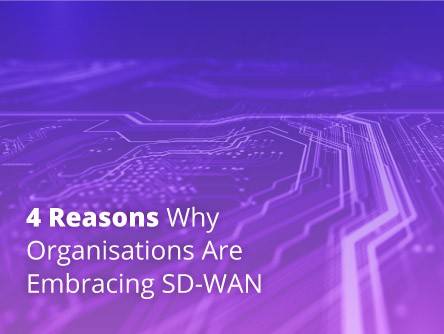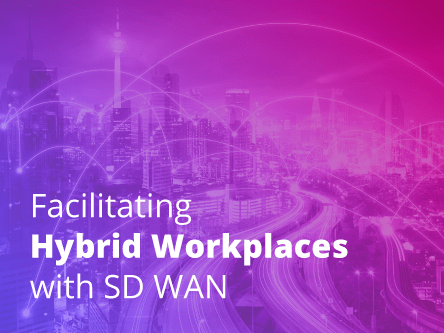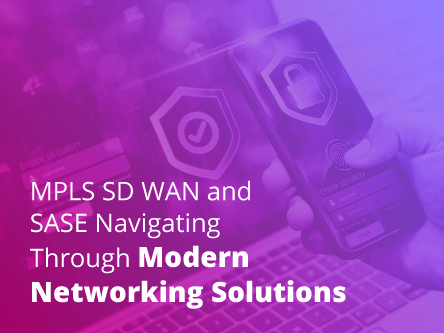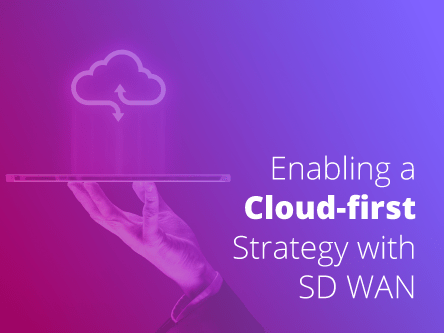One of the most important steps towards digital transformation is the move to Software-Defined Orchestration. In networking, Software-Defined Wide Area Network (SD-WAN) is becoming a strong contender for managing enterprise networks. Cato Networks’ “State of WAN 2018: Too Complex to Ignore” report predicts SD-WAN will grow 200% year-over-year. Unlike legacy WAN technologies, SD-WAN can offer the programmability, automation and orchestration to enable innovation and accelerate growth.
You might be wondering why your customers might need SD-WAN when their current WAN architecture works perfectly fine. How good is good enough? What are the benefits of SD-WAN and how can it be tailored to their organisation’s network needs? At the crossroads, these might be some of the reasons why your customers should consider embracing SD-WAN…
#1 Increasing Need for Network Performance
The rise of Cloud, Big Data and IoT has driven demands for greater speed in the delivery of services. Enterprises must adapt quickly to meet the changing needs of consumers while ensuring quality performance of their Cloud-based applications. These business-critical applications that cannot afford any jitter or packet loss.







